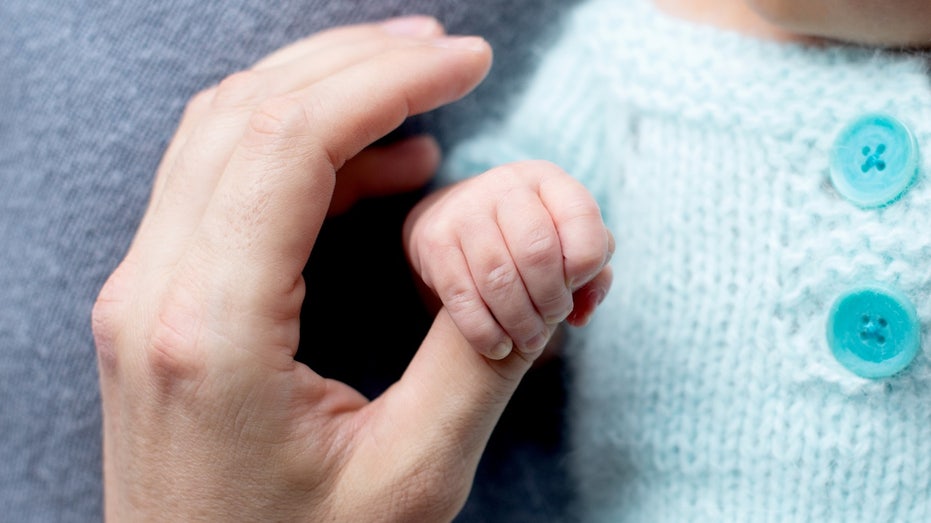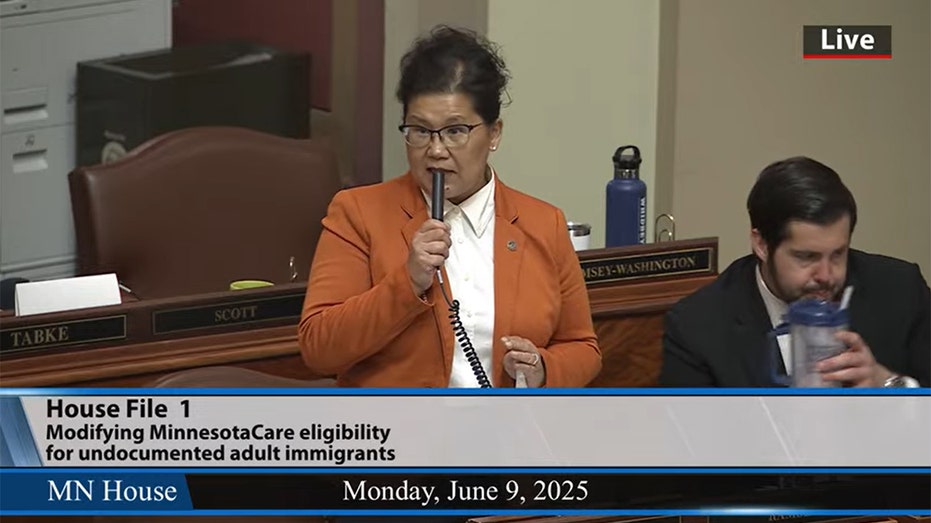Sperm Donor's Genetic Mutation Linked to Cancer in 10 Offspring: Uncovering Hidden Risks
Rare genetic mutation in European sperm donor linked to cancer in 10 children prompts calls for stricter screening and family limits.

Concerns are mounting across Europe after revelations that sperm from a single donor was used to conceive at least 67 children, despite the donor carrying a rare genetic mutation known to increase cancer risk. The case came to light when two families, whose children were diagnosed with cancer, discovered a link to a rare TP53 gene variant, a mutation associated with Li-Fraumeni syndrome—a disorder that dramatically raises the likelihood of developing multiple forms of cancer.
Li-Fraumeni syndrome is particularly severe, with affected individuals facing a 90% risk of developing some kind of cancer by age 60 and a 50% chance before turning 40. In this case, 10 of the 67 children conceived using the donor’s sperm have already been diagnosed with cancers such as leukemia and non-Hodgkin lymphoma. The European Sperm Bank, which supplied the sperm, has confirmed the presence of the TP53 variant in samples from the donor involved.
The unsettling story has underscored growing anxieties about the lack of stringent pan-European limits on the number of births from a single donor. Dr. Edwige Kasper, a leading biologist who presented the findings at a key international genetics conference, described the incident as “the abnormal dissemination of genetic disease,” stressing that such scenarios, though rare, can have devastating consequences. She emphasized the need for family or birth limits per donor to better safeguard against the widespread distribution of harmful mutations.
The TP53 mutation in question was not known to be cancer-causing in 2008, when the donor’s samples were first accepted. Furthermore, standard screening procedures would not have detected the rare variant at that time, as these methods typically focus on more common, well-known genetic abnormalities. The donor remains in good health and unaware of carrying the risk factor, a detail that illustrates the limitations of medical science and current regulatory standards.
Laboratory analysis tracing the affected cases identified 23 out of 67 children as carriers of the mutation, all from 46 families spread across eight European countries. Experts say that while sperm banks conduct comprehensive health and family history reviews, including genetic and infectious-disease testing, it remains impossible to screen for every conceivable genetic risk—especially those that are extremely rare or previously unidentified.
The European Sperm Bank expressed deep concern over the incident, acknowledging that “preventative genetic screening is reaching its limits.” A spokesperson highlighted the scientific impossibility of detecting every disease-causing mutation in a donor’s genome unless specifically searching for it, given that humans possess approximately 20,000 genes, many of which remain poorly understood.
As a proactive measure, the European Sperm Bank has implemented an international limit of 75 families per donor, regardless of national regulations, and is advocating for the establishment of a binding international standard. Discussions around setting such limits are ongoing at the EU level, with hopes that stricter regulation could prevent similar cases in the future.
Contrastingly, in the United States, there are no federal legal limits on the number of donations or pregnancies tied to one donor. However, experts recommend restricting donors to 25 live births per population area of 800,000. Some major institutions and banks, like California Cryobank, have adopted their own internal policies, capping donor contributions to around 20–30 families globally and maintaining rigorous screening protocols for infectious diseases, genetic conditions, and psychological wellbeing.
The incident has sparked debate about the adequacy of current donor screening protocols and birth limits—both in Europe and worldwide. Medical professionals, ethicists, and policymakers continue to weigh the delicate balance between facilitating fertility treatments and ensuring the utmost safety for prospective parents and children.




